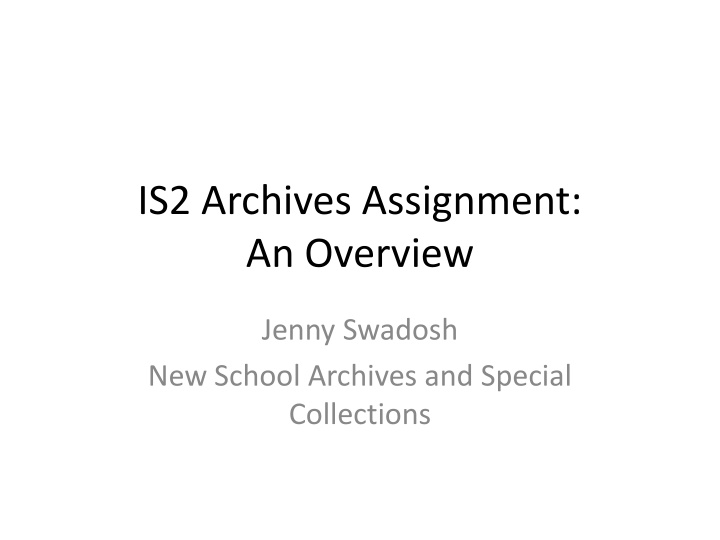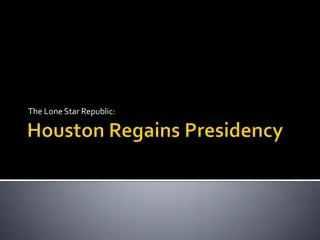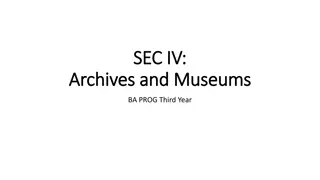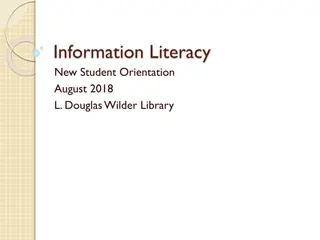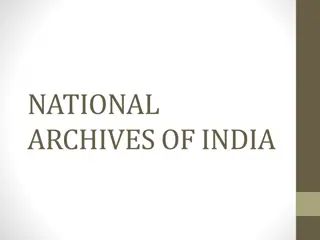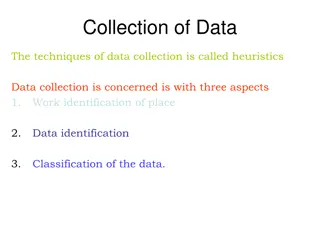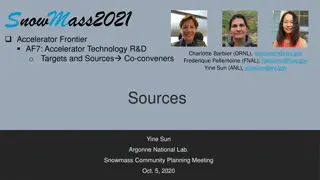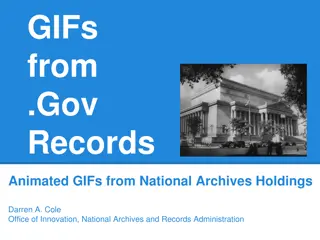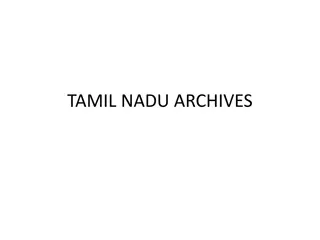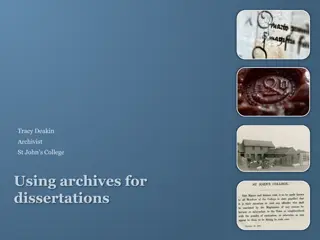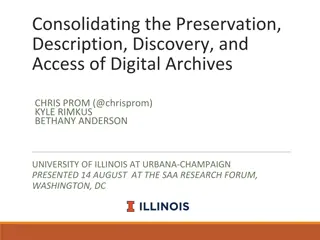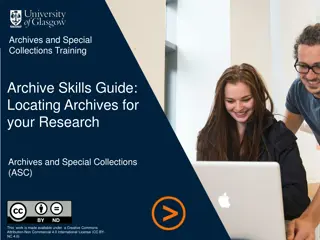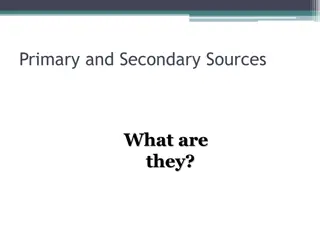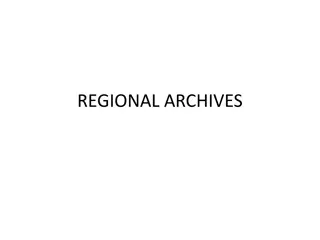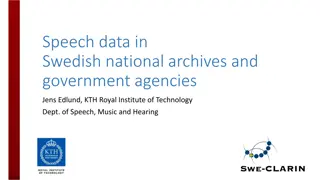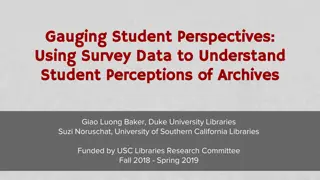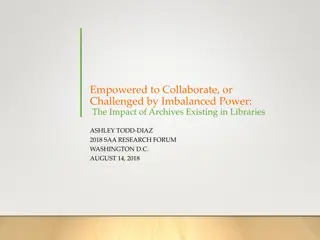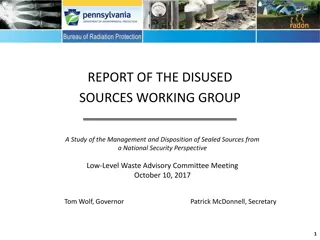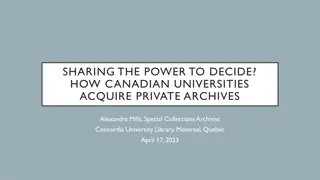Archives and Primary Sources in Research
Explore the meaning of archives, examples of archival sources, the distinction between primary and secondary sources, and how researchers locate archival materials. Delve into the significance of primary sources in research and personal life.
Download Presentation

Please find below an Image/Link to download the presentation.
The content on the website is provided AS IS for your information and personal use only. It may not be sold, licensed, or shared on other websites without obtaining consent from the author.If you encounter any issues during the download, it is possible that the publisher has removed the file from their server.
You are allowed to download the files provided on this website for personal or commercial use, subject to the condition that they are used lawfully. All files are the property of their respective owners.
The content on the website is provided AS IS for your information and personal use only. It may not be sold, licensed, or shared on other websites without obtaining consent from the author.
E N D
Presentation Transcript
IS2 Archives Assignment: An Overview Jenny Swadosh New School Archives and Special Collections
What does archives mean? What words or phrases come to mind when you hear/read this word? Don t worry about being correct or incorrect. How is this word used in The Hair with the Amber Eyes?
What does archives mean? What are some examples of archives? Some examples government archives (federal, state, local) museum archives (the Met, MoMA, Museum of Natural History) historical societies (N-Y Historical, Brooklyn Historical) universities and colleges corporate archives (Conde Nast, YSL) community-based archives (Interference Archives, Ballroom Archive and Oral History Project) libraries (NYPL, BPL, QPL, all have archival collections)
What does archives mean? Have you ever visited an archives (in person or virtually)? If so, share your experiences.
What is a primary source? Make a list of examples from readings, previous assignments, or real life experiences. How are these different from secondary sources? Ask class to think about research context. Can some examples in the list be both primary and secondary sources? Discuss Edmund de Waal s experience using primary sources.
What is a primary source? Relate this question to students lives and work. What kinds of records do they create, collect, and share as students, as designers and artists, as citizens? What are they evidence of? What do they tell us about you? What do they not tell us?
How do researchers find archival sources? Some archival collections can be found in Bobcat, WorldCat, and ArchiveGrid You can guess where a collection might be based on subject matter, biographical information, etc. You can ask a librarian or an archivist for help You can use citations, acknowledgments, endnotes/footnotes, etc. from secondary sources
Example of citation use Ask students to examine a page(s) from a secondary source that show examples of primary source research. Ask students to identify primary and secondary sources Ask students to reflect on what these citations imply
Primary Source Exercise Students try out archival research using hand- out Hand-out should be adapted by instructors Can be divided into groups of 4, or conduct exercise as a class If dividing into groups, assign groups by format (photographs, textual records, posters, newspaper clippings)
The Hand-Out Should be freely adapted by all faculty Practice in taking notes, distilling discussion
Discussion: CONTENT Ask students to describe -- not show -- what they looked at. This is an opportunity to demonstrate how words can help further develop research. How would you better describe your primary sources, or differently?
Discussion: CONTEXT Ask students for their thoughts on context How do the individual items relate to each other? How do they relate to what was happening at Parsons, in New York City, in the world? If students are unsure about context, ask them to devise a strategy for finding out. Where would they look first? Second?
Discussion: SIGNIFICANCE This section is the synthesis between the content and the context. After discussing content and context, what do we still not know? What steps hypothetical or real could we take to find possible answers? What do we already know that helps us to make sense of these primary sources?
Discussion: SIGNIFICANCE Think about the citations we looked at earlier. What would your citations look like? What sources would you use? Where else might related primary sources be? (think back to list of types of archives)
